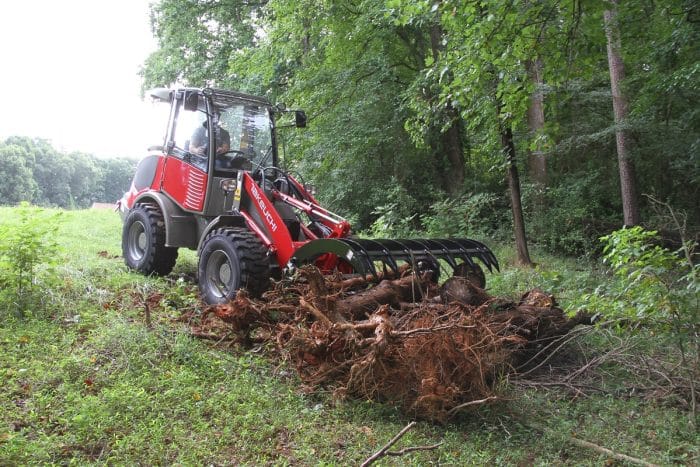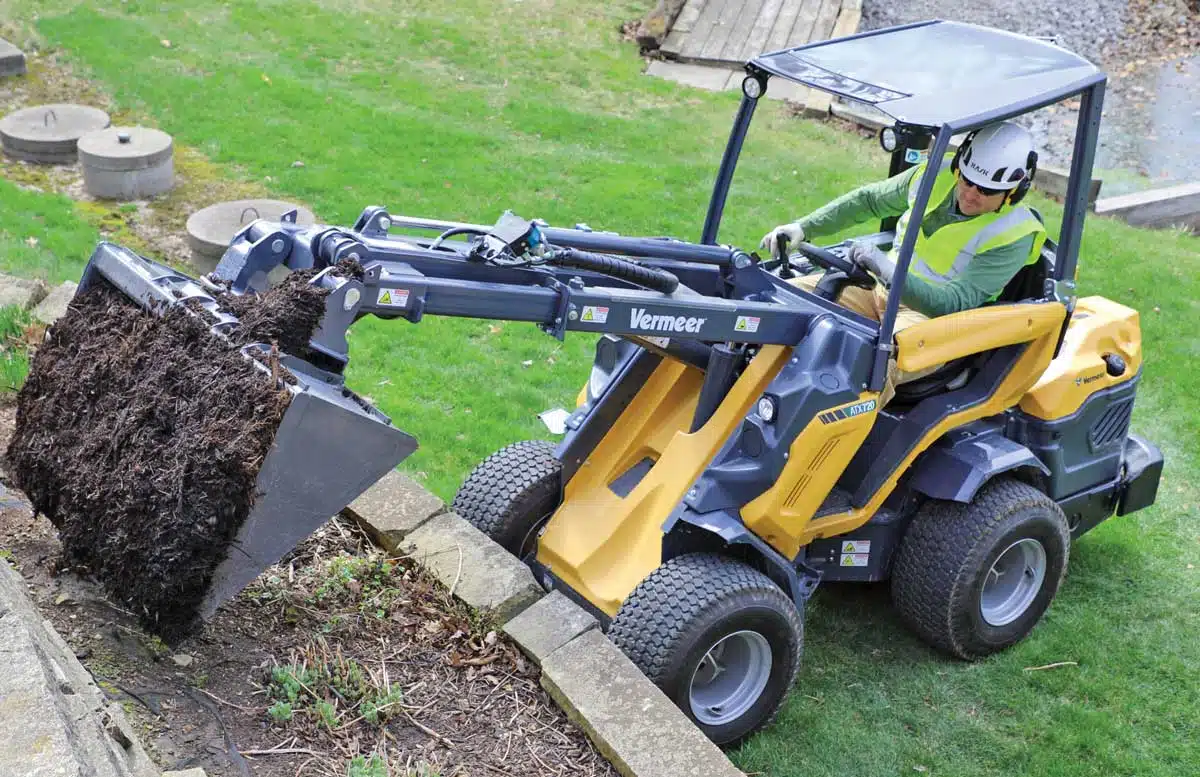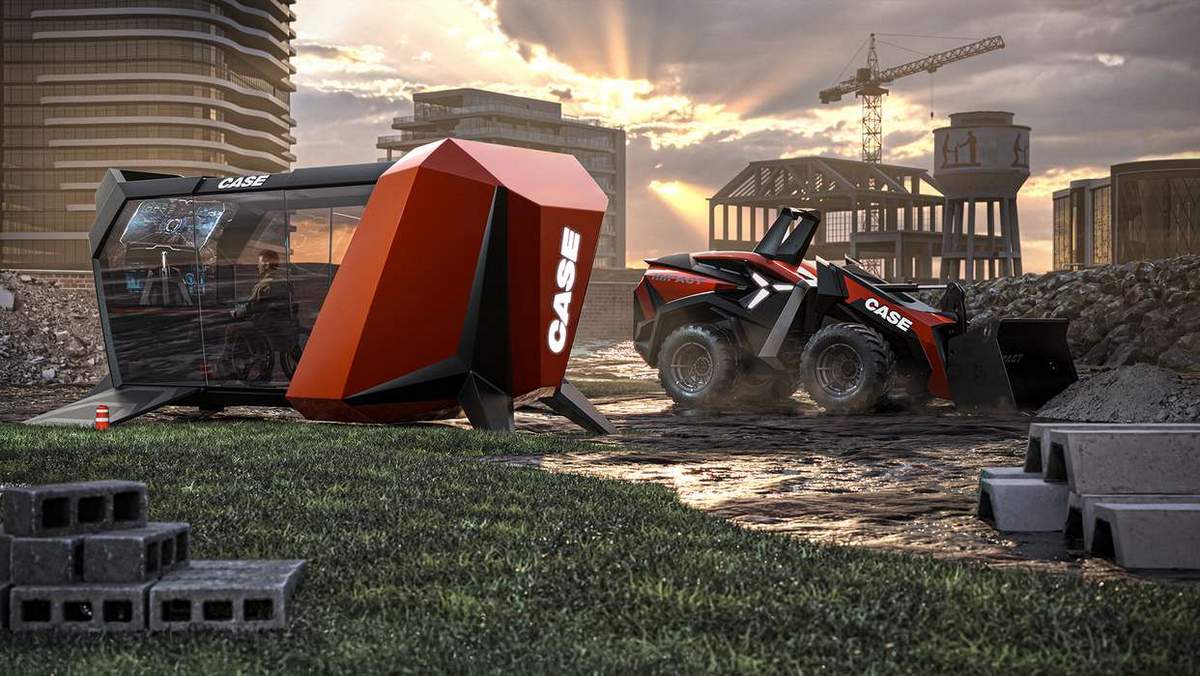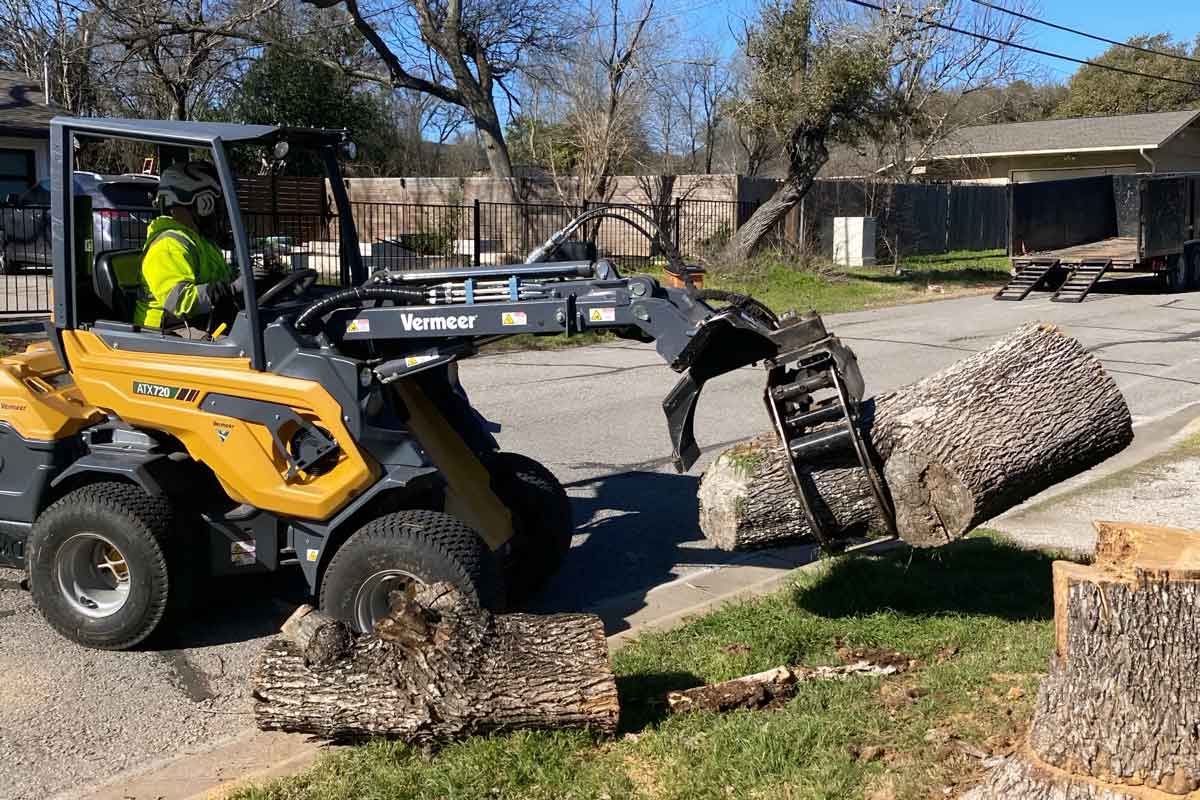Some Wheel Good Advice: Three Industry Experts Give Tips on Proper Compact Wheel Loader Operation

Name any market, whether it’s landscaping, agriculture, general construction or snow removal, and you can find a crew that could use a compact wheel loader. Why? Well, because these hard-working machines boast comfort, maneuverability, visibility, power, efficiency and safety — all in one compact package. But all those advantages won’t matter much if you’re not operating the machine properly. Below, we’ve gathered a trio of insights on proper operation and ownership to maximize your CWL usage. Nice, huh?
Get to Know Your Machine
Lee Padgett, product manager at Takeuchi-US
To get the best return on their investment, wheel loader operators simply need to get to know their machines. Taking the time to understand the wheel loader’s features and how to use them will improve productivity and safety. Too many operators simply wing it and don’t even realize that they could have completed a job faster and more efficiently if they’d taken the time to learn what their machine has to offer. That leads to another factor that will enhance wheel loader ROI — choosing the best attachment for your application. Sometimes, operators try using an attachment they have on hand or that’s already attached to the machine, rather than one that is designed for a particular task to save time and money. In fact, the opposite can happen in that situation. Using the wrong attachment can cause additional stress on the machine, which leads to higher fuel consumption and tire wear.
Set the Tires
Robbie Southerland, compact wheel loader product specialist at Caterpillar
The biggest mistake I see operators making when operating any type of articulated loader is not “setting the tires” when entering the pile. Setting the tires is transferring the weight from the rear of the machine to the front of the machine in order to get maximum traction and pushing power when digging through the pile. Once the operator drives into the pile, the next step is to raise the loader arms a few inches. This transfers weight to the front tires, thus it is called “setting the tires.” Once the tires are set, the operator can then continue to drive forward while tilting the bucket back to fill the bucket with material.
Do Your Daily Walkarounds
Neil Detra, product manager for wheel loaders and compact wheel loaders at Case Construction Equipment
I always tell my customers that the daily walkaround of your machine is huge and so important in keeping your wheel loader up and running. All our service points are at ground level, so you don’t have to keep climbing on the machine. Start with the loader and hydraulic hoses. Make sure nothing is pinched or leaking hydraulic fluid. Move to the tires and make sure there are no slices or gouges, especially on the sidewalls. Check all the fluids to make sure you’re going to have a long-lasting day. Make sure your lights are working, and that all the guards and safeties are in place and nothing is leaking. Your operator’s manual is a good source to learn what you should check daily. Also, make sure to use it to understand any warning signs, lights or symbols. All of the symbols, decals and colors on the machine and its dash mean something, and they’re all covered in that operator’s manual. It’s all about trying to keep your compact wheel loader working as long as possible.




